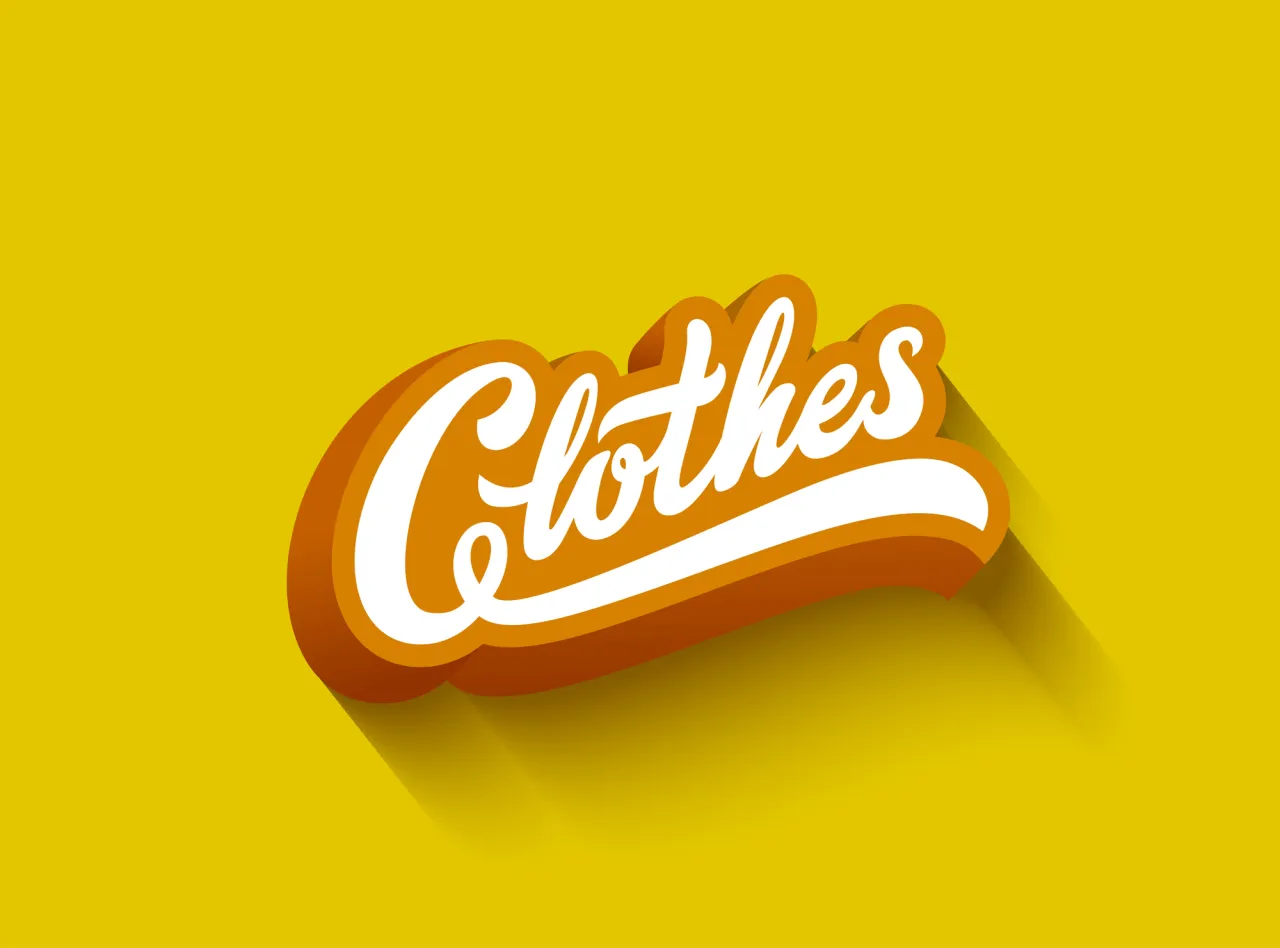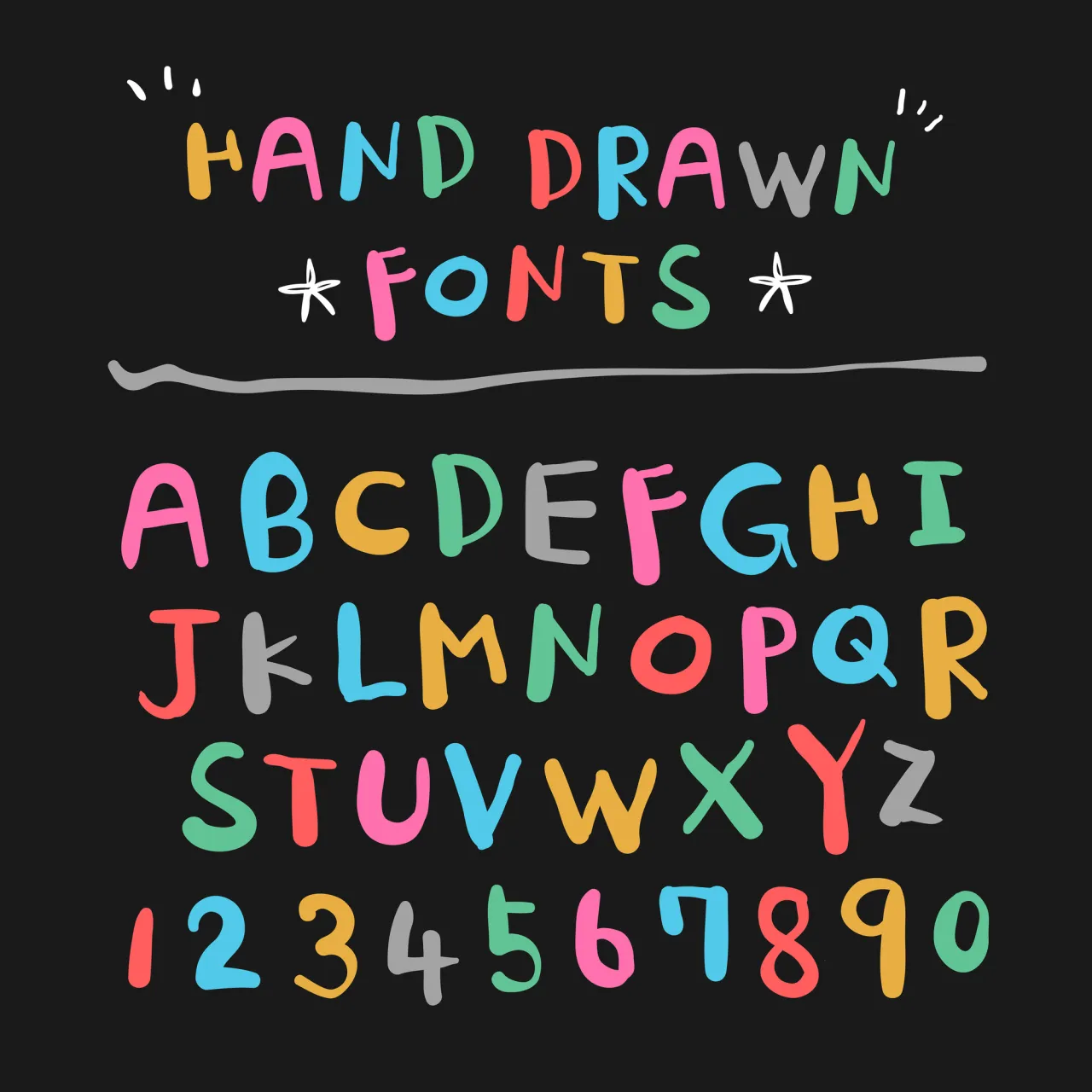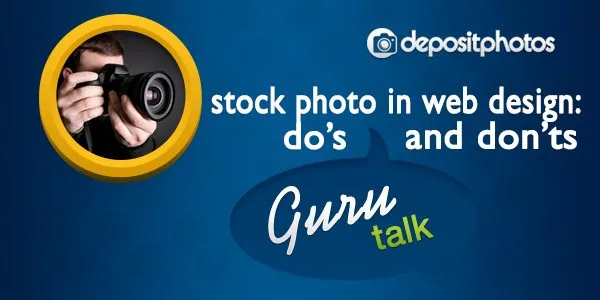What Are Vector Graphics and How Best to Use Them in Modern Design
Welcome to the only guide to vector graphics you’ll ever need, where precision meets versatility. Creating a tiny icon or a billboard-sized ad? Vectors will help you maintain sharp, crisp, and professional visuals.
Unlike typical image files that can blur or pixelate when resized, vector images maintain clarity no matter the size, justifying their appeal and wide use in digital design. This guide explains everything you need to know about vectors. Buckle up!
What is a vector image?
Vectors are digital graphics created from mathematical equations. They use paths made up of points connected by lines. These paths are defined by formulas to represent shapes, making them infinitely scalable without losing quality.
This approach means that vector images can be scaled up or down endlessly, remaining clear—a logo, for example, will look just as crisp on a business card as on a wall poster. That’s why vectors are a top choice for designs that need flexibility, like logos, icons, and visuals with a lot of text.
Raster images, on the other hand, are made up of thousands of tiny colored dots or pixels. But more on that later!
How do vector graphics work?
For those who want to know how to create a vector file, we first need to take a closer look at its key components:
✔️ Points and paths
A vector relies on mathematical instructions. It is built on a grid and starts with points, also known as anchor points. To create shapes, these points are connected by lines called “paths.”
✔️ Bézier and other curves
Shapes can be made with the help of various parametric curves, arcs, and splines, but we won’t make a full-blown math lecture of it, so let’s take Bézier curves, for example. Named after French engineer Pierre Bézier, these curves allow designers to create smooth and flexible shapes. Adjusting the handles on these curves allows you to reshape lines to your heart’s content.
✔️ Shapes and fills
Once shapes are created, you can add colors, gradients, and patterns. Various vector software usually allows you to adjust these fills without affecting the paths, enabling easy customization.
So, let’s say you’re creating a logo. You start with basic shapes, adjust them with curves for a smooth look, and add colors that represent your brand. At any point, you can change these elements without sacrificing quality.
Explore 40 Cool Logo Ideas to Create Your Own Logos
Raster vs. vector graphics
Both raster and vector images have their strengths. Here’s a breakdown of their main differences and when to use each:
Vector graphics are scalable
Since vector images are made of points and paths—they are perfect for graphics that need frequent resizing or clear, defined shapes, such as logos, icons, and illustrations. No matter the size, vectors remain sharp.
Raster graphics are pixel-based
Raster images, like JPEGs or PNGs, are composed of pixels, making them perfect for detailed, complex visuals like photographs or designs with intricate shading. However, they tend to lose quality when resized.
Think of it like zooming into a map versus zooming into a photograph. The map (vector) stays clear and readable, while the photograph (raster) becomes blurry.
Explore ready vector illustrations
Advantages and disadvantages of vector graphics
Now, it may sound like vectors win over raster images because they maintain consistent quality. But apart from having lots of advantages, vectors also have disadvantages that will give you food for thought when choosing visual content for your creative projects.
Advantages of vector graphics
#1 High-quality and scalable
Again, we’re highlighting one of the key strengths of vectors — scalability. You can stretch, shrink, or enlarge a vector image to any size, and it will remain as good as the original. This is essential for branding elements like logos, which might need to go from a tiny favicon to merchandise and a massive billboard.
With vectors, your designs stay consistent and professional, no matter the context. For designers, that’s peace of mind, knowing their work will look flawless everywhere.
#2 Precise and clear
Vectors excel at delivering clean, crisp lines. This precision is important for creating high-quality illustrations, typography, and text-heavy visuals that need to look excellent at all resolutions. If your work involves a lot of geometric details—icons, charts, or technical diagrams—vector artwork will give you the exactness you need.
#3 Efficient and lightweight
Vectors are often much smaller than their high-resolution raster buddies because they store instructions, not individual pixels. This makes them easy to keep, share, and even load on web pages without slowing down site speed.
Vectors are a smart choice if you’re considering graphics for your online project, where every kilobyte can impact user experience. That’s why Scalable Vector Graphics (SVG) is a preferred format in responsive web design.
#4 Flexible and editable
Need to adjust colors, shapes, or proportions? No problem! With vectors, you can get back to work anytime and easily modify individual elements without starting over. This flexibility makes them invaluable for evolving design needs.
For instance, if a brand’s color palette changes, designers can quickly adapt existing vector assets to match the new colors. This capability can save countless hours on revisions, especially in projects where minor tweaks are often required.
Disadvantages of vector graphics
#1 Limited details
While vectors excel at clear shapes and lines, they’re not the best choice for realistic images like photographs or complex textures. Vectors use flat colors and shapes, so trying to recreate a nuanced photo as a vector can look cartoonish or stylized. Well, sometimes that might be your goal. In this case, go for it and play with the format.
For photorealism, JPEGs and PNGs are more effective. This is a crucial distinction for designers working on projects where lifelike details are at the core, such as portraiture or product photography.
#2 Compatibility issues
Not all platforms or applications support vector files directly, which can create some workflow obstacles. For example, some office software providers may not read vector formats natively, or social media platforms might require raster versions of graphics.
Designers often convert vector files into raster formats like PNGs to ensure broad compatibility, especially for online use. If your work requires frequent cross-platform sharing, understanding the best formats for each situation will help you streamline the creative process.
#3 Learning curve
Vectors are powerful, and this power comes with lots of practice. If you want to create vectors from scratch, prepare to invest time and start exploring specialized software and tools. They operate differently from usual image editors, so you will need to get familiar with key vector concepts such as paths, nodes, and handles. Once mastered, vector software can open doors to professional-level design possibilities, making the initial investment worthwhile.
However, if you don’t want to spend any second learning and just need ready-to-use, professional vectors for your project, check out our library with millions of top-quality options to choose from:
Exploring different types of vector files
To answer the question “what is a vector format?”, you should first understand that not all vector files are created equal. Different vector image file types serve distinct purposes and offer unique perks depending on the medium and use case. Let’s break down the most common types of vector files, when to use each, and view some insider tips to get the best results.
SVG—Scalable Vector Graphics
SVG is the go-to format for digital applications, especially responsive web design. It is lightweight and supports animations, interactivity, and CSS styling, making it incredibly versatile for digital interfaces.
SVG files are also XML (Extensible Markup Language), meaning you can open them in a code editor and manually tweak the details if you’re comfortable with a bit of coding.
☝️ Tip: an often-overlooked advantage of SVG files is that they can help with SEO. Since they are text-based, search engines can read and index SVG files. So, adding descriptive titles and keywords within the SVG code can slightly boost your search engine rankings.
EPS—Encapsulated PostScript
This vector image format has long been a favorite in quality printing and commercial graphics. Think of EPS as the industry standard for print-ready vector files. It can handle complex images and is compatible with most high-end printing software. EPS files can include vector and raster pictures, which is a bonus for mixed projects.
☝️ Tip: EPS is a great choice for branding assets where high-quality output is crucial. One thing to remember—such files are not commonly used online, as web browsers don’t support them. So, if you’re designing for both print and digital, consider exporting an SVG or PNG version for online use.
PDF—Portable Document Format
We’re used to viewing PDFs merely as document files, but they’re also incredibly powerful for vector artwork! A PDF can contain vector elements, images, and text. This makes PDFs ideal for print-focused designs, from brochures and posters to multi-page materials.
Plus, they’re widely supported by virtually every operating system, making them a reliable choice for sharing projects with clients, printers, or colleagues who may not have access to vector design software.
☝️ Tip: when preparing print files, PDFs are a safe bet. They maintain vector quality, support layers, and can include high-resolution images if needed. Just be sure to select the correct PDF preset for the job—“PDF/X” presets are preferred for professional printing, while other options like compressed file size or high-quality print are better for digital sharing.
Depending on your preferred software, you can explore other vector formats, such as WMF, AI, CDR, and more. Choosing the right vector file format is about knowing the strengths of each and aligning them with your unique needs.
Examples of vector images and common uses
Vectors are versatile and can be used across various industries. Here are some of the most common applications with examples:
Branding, logos, UI, and icons
Vectors are responsive and adjust to different screen sizes, making them a staple for branding assets, digital graphics, and UI elements like buttons, icons, and backgrounds.
Illustration, print design, and typography
From business cards to large-format posters, vector graphics ensure a professional look in print. In addition, many illustrations and fonts are vector-based, allowing smooth, expandable elements in both digital and print media.
Lastly
Vector format is the powerhouse behind a polished design. It’s a perfect match for any visual that needs to stay sharp, flexible, future-proof, and presented in its best light, whether it’s headed for a website, a print ad, or an email attachment.
If you’re a designer, a marketer, or a business owner, understanding and using vectors can enhance your visual content and ensure your brand’s quality and professionalism shine through.
Explore our library of vectors to fuel your projects with the clarity and flexibility they deserve.
Read more about graphics:
25 Top Web Design Trends 2025: From Neubrutalism to Dynamic UI
The Benefits of Using Licensed AI Content for Brand Image































